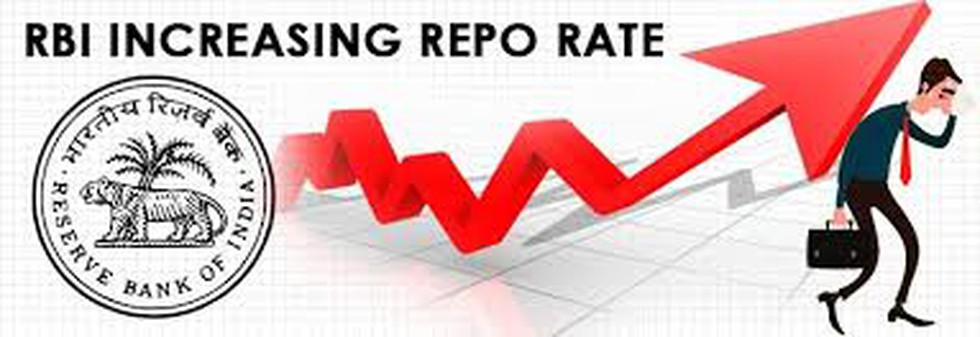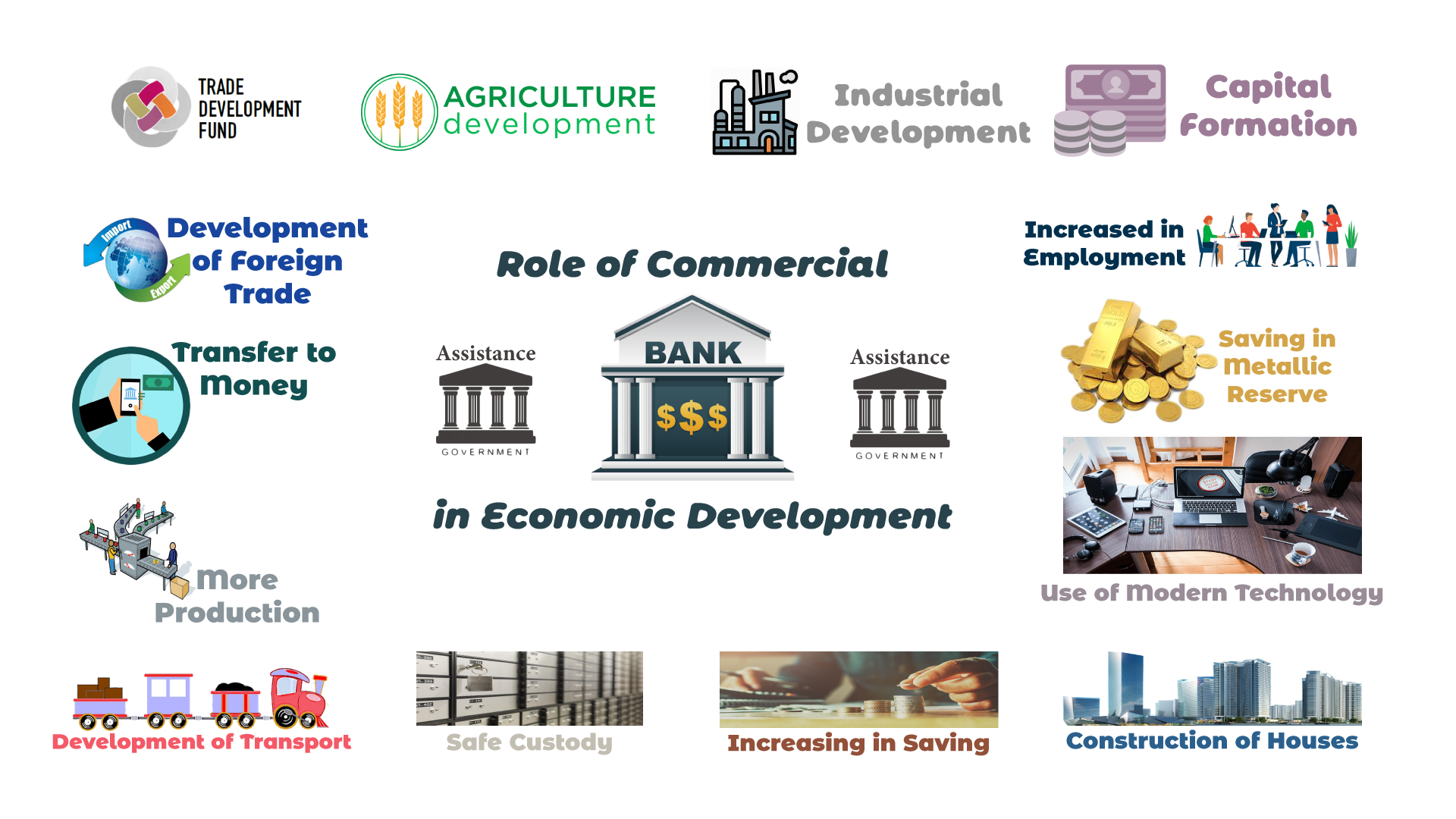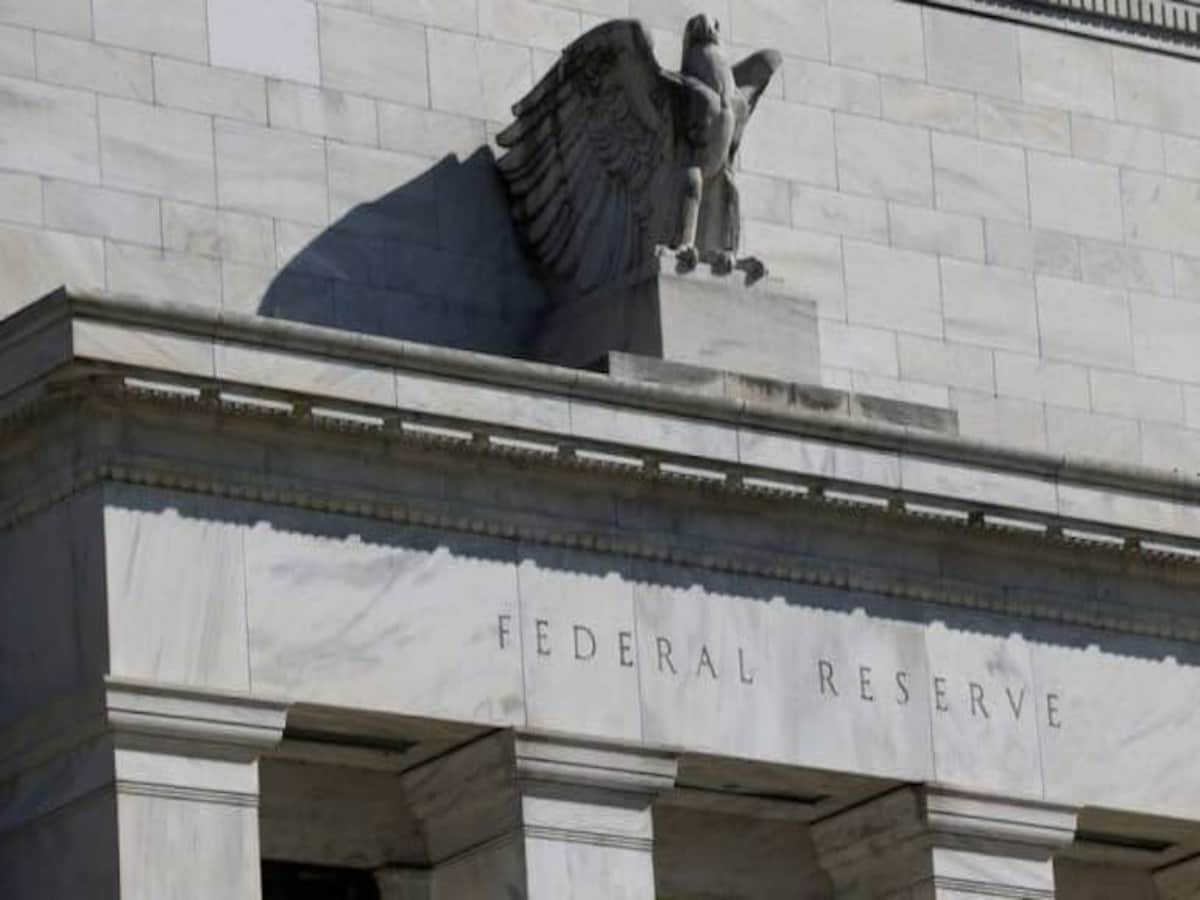The Repo Rate raised by RBI to 4.90%
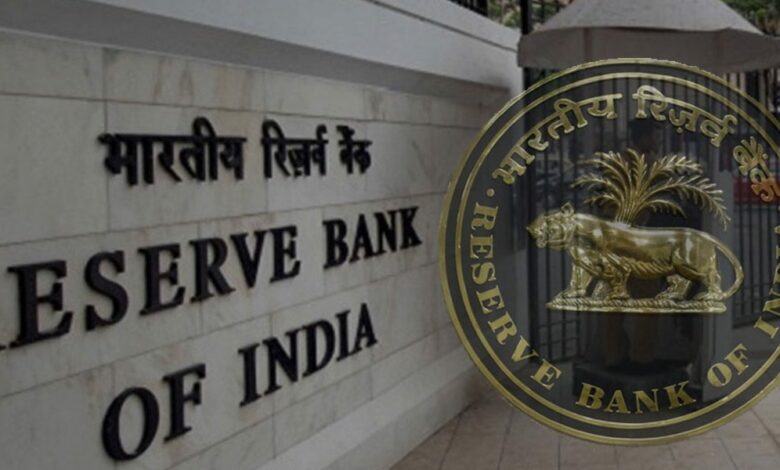
The Reserve Bank of India (RBI) increases the Repo rate by 50 essential points to 4.90 percent. The aim of raising the Repo Rate is to tame Inflation.
The Reserve Bank of India (RBI) estimated that the Repo Rate would rise further if They did not control the Inflation.
Repo rate raised by RBI
The Monetary Policy Committee decides on Repo Rate. Every two months, the Monetary Policy Committee organizes a meeting in which the Major topics, including Repo Rate and Reserve Repo Rate, are discussed.
The Monetary Policy Committee (MPC) focuses on such crucial topics because of which we need to understand the Role of Monetary Policy Committed in detail.
Monetary Policy Committee
The Monetary Policy Committee is a statutory and institutionalized framework under the Reserve Bank of India Act, 1934, for maintaining price stability while keeping the growth objective.
The governor of the Reserve Bank of India is ex – officio chairman of the Committee.
In May 2016, the Reserve Bank of India Act,1934 was amended to provide a statutory basis for implementing the flexible inflation-targeting framework.
The amended Reserve Bank of India (RBI) act also provides for the inflation target to be set by the Government of India, in consultation with the Reserve Bank, once every year.
The Monetary Policy Committee determines the policy interest rate (repo rate) required to achieve the inflation target, which is 4 percent. Inflation should not be less than four and neither more than 6 percent.
A Reserve Bank of India Committee led By the deputy Governor, Urjit Patel 2014, recommended the establishment of the Monetary Policy Committee.
What will the Monetary policy Committee do?
Fix the Benchmark interest Rate of the Reserve Bank of India.
Set an inflation target.
Composition Proposed –
The Monetary Policy Committee comprises six members, of which three are from the Government, while the remaining three include the governor.
Repo Rate and Reverse Repo Rate:
A few times before, the Reserve Bank of India had increased the Repo Rate, and now RBI has increased the Repo Rate again.
Now, let’s examine the concept of Repo Rate (RR) and Reverse Repo Rate (RRR).
As we know, Commercial Banks are the primary unit of the Indian banking system. Like other businesses, commercial banks also aim to earn a profit, and they provide a variety of services to the people. Commercial Bank is an institution that performs the function of granting loans and making an investment to earn profit.
When someone needs loans, they usually go to commercial banks (ex SBI, HDFC Bank, Axis Bank, etc.). But have you ever thought that if a Bank needs money, then from where it gets the loans or whether the bank gets the loans or not?
Well, Commercial Banks can also take loans. When Commercial Banks require money, they take loans from the Reserve Bank of India. The Reserve Bank of India lends the money to the Commercial Banks.
We already know that when we take a loan from a commercial bank, it charges interest on that loan. Likewise, when Commercial Banks take loans from the Reserve Bank of India, the RBI also charges an Interest to Commercial Banks.
The interest the Reserve Bank of India charges from the Commercial Banks is known as Repo Rate.
Now, there is also a concept of Reverse Repo Rate.
We can understand the concept of Reverse Repo Rate by its name itself. For this, we need to reverse the idea of the Repo Rate.
When Commercial Banks have a surplus with them, they hold this surplus with the Reserve Bank of India. In return Reserve Bank of India has to give an interest known as Reverse Repo Rate.
Now, You must be wondering how the Repo Rate gets affected when the Reverse Bank of India raises or lowers the Repo Rate.
When the Reserve Bank of India raises Repo Rate, the loan gets expensive for the Commercial Banks. In simple words, loans become expensive for Commercial Banks. It means that whenever Commercial Banks take loans from the Reserve Bank of India, they have to pay a higher Repo Rate.
As a Result, Commercial Banks also increase their Interest Rate on Loans that commercial banks provide to the general public.
Once the Commercial Bank increases its Interest Rate, the loan will become expensive for the general public. It means that when the general public takes out a loan from commercial banks, they have to pay higher interest.
The subsequent result of this will be that the flow of liquidity will get down, which discourages the investors and general public because of which the Inflation also gets down and reduced.
Likewise, when the reverse bank of India reduces the repo rate when Commercial Bank takes out a loan, the loan gets Cheaper, and they have to pay a lower amount.
As a result, Commercial Banks also reduce the interest rate it charges to the general public.
When the Interest Rate drops, this will encourage the investors and the general public to take more loans. This will lead to an increase in the flow of liquidity. And hence will increase Inflation.
This is how the change in Repo Rate works when the Reserve Bank of India increases or decreases the Repo Rate and affects the flow of liquidity and Inflation.
The Reserve Bank of India increased the Repo Rate when there was a need to tame Inflation.
Inflation and Growth:
There is an Inverse Relation between the Growth of the country and Inflation. Here the country’s growth means the GDP(Gross Domestic Product). When Inflation increases, the growth of; the Gross Domestic Product will also increase. Likewise, when Inflation decreases or goes up, the Gross Domestic Product (GDP) also decreases.
If Inflation decreases, this decreases the flow of liquidity in the market because of which the demand and supply of the goods and services also lower in the market; hence, a decrease in Inflation leads to a reduction in the growth of the country, i.e., the Gross Domestic Product.
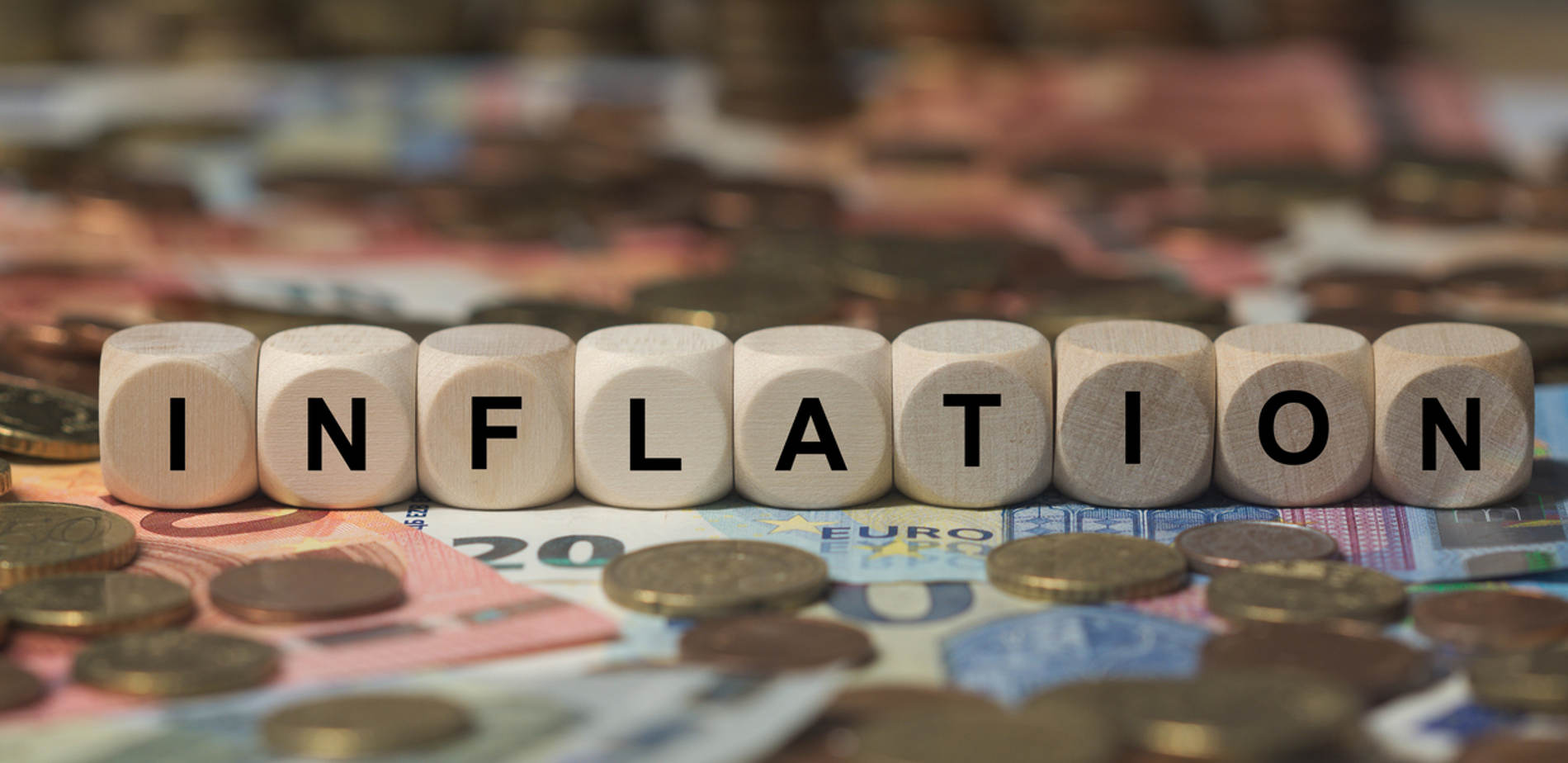
When Inflation increases, this will decrease and cut out the flow of liquidity in the market. As a result, the Supply and Demand of goods and services will also decrease, increasing the country’s growth.
Comparison with the statement of May and Yesterday’s Meeting:
There is a significant difference between the statement given by the Monetary Policy as Stance was that the focus of the May’s Meeting was on the accommodation, which will occur afterwards on the withdrawal.
This month, i.e., in Yesterday’s meeting, the statement says that the stance will focus on withdrawing accommodation. This means that now the priority is focused on Inflation rather than Growth.
In the meeting, which was held in May, the Urban demand appears to have maintained the expansion but weakness in the Rural areas.
While in Yesterday’s meeting, they mentioned that Urban demand was recovering while the rural market was also gradually recovering.
Overview of US Economy:
Currently, the US economy does not seem to be in an appropriate situation. It has been estimated that the US economy might go into recession.
In the USA, the Inflation is at the 41 (forty-one) year high, about 8.5 percent. This data is indeed much more considerable.
However, the critical issue is that, along with Inflation, growth was not occurring
The US Federal Reserve announced a meeting to discuss this critical situation. The Fed meeting is happening on Wednesday, 15th of June 2022.
Conclusion:
This is an appreciating step taken by the Monetary Policy Committed as the Government is trying to tame Inflation despite the final result.
But there is also an inverse Effect which this initiative can see of focusing on Inflation rather than Growth as the growth of our country will get hampered.
Edited by Prakriti Arora

